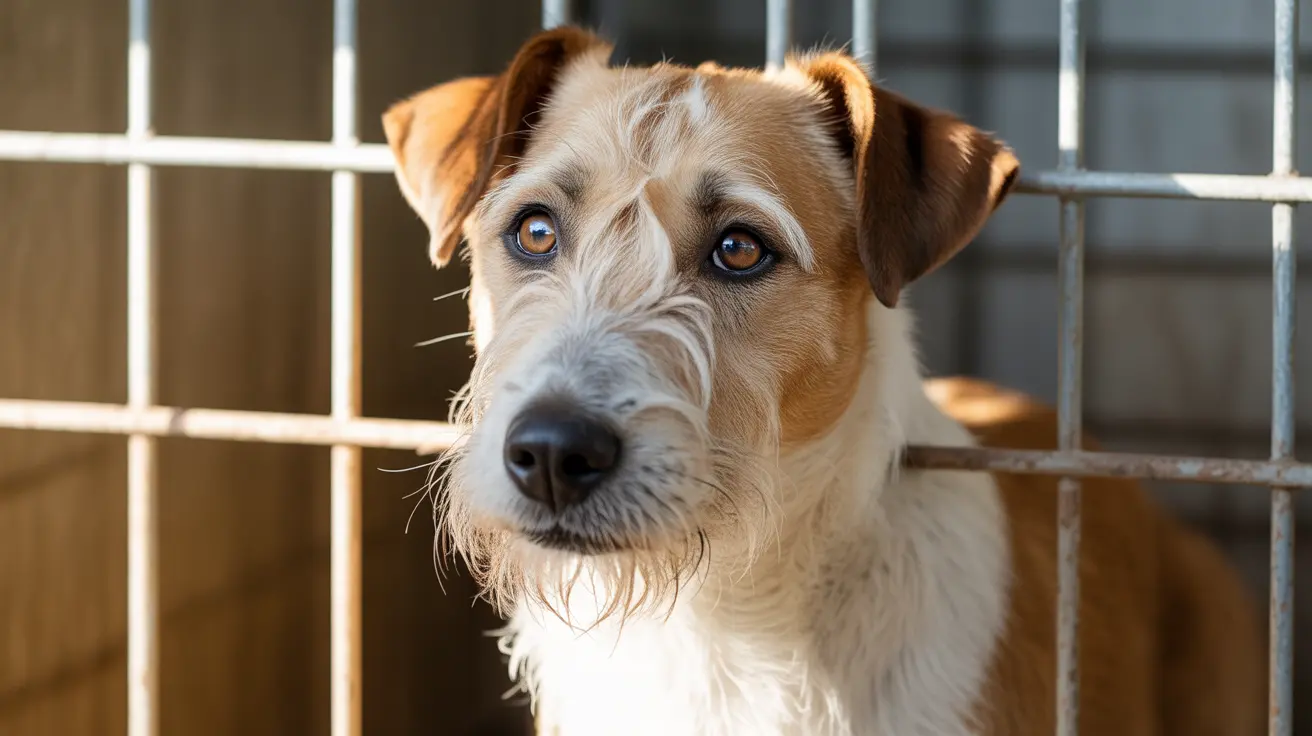Dog Food Brands You Should Avoid: A Guide for Responsible Pet Owners
Feeding your dog a healthy, balanced, and safe diet is one of the most important responsibilities of any pet owner. With so many pet food options on the market, not all dog food brands meet the same standards of quality and safety. Some contain harmful ingredients, have a history of recalls, or do not meet nutritional guidelines. In this comprehensive guide, we’ll look at
dog food brands you should avoid and help you make informed choices for your furry friend.
Why Some Dog Food Brands Are Unsafe
Several factors can determine whether a dog food is unsafe:
- Recall history – multiple recalls may indicate systemic problems.
- Ingredient quality – the presence of low-quality fillers, meat by-products, or artificial additives.
- Lack of transparency – unclear labeling or hiding ingredient sources.
- Reports of illness or death – consumer complaints and veterinarian findings linking the food to health issues.
Top Dog Food Brands to Avoid
While new data and recalls emerge regularly, here are some brands that pet experts and watchdog organizations frequently flag:
- Ol' Roy (Walmart's Brand) – Often criticized for low-grade ingredients, artificial colors, and preservatives. Recalled multiple times.
- Kibbles 'n Bits – Contains high sugar levels, BHA preservative (a potential carcinogen), and unclear meat sourcing.
- Gravy Train – Recalled for pentobarbital contamination (a euthanasia drug), raising concerns over meat sourcing.
- Pedigree – Popular but often contains bone fragments, corn fillers, and artificial colors.
- Beneful by Purina – Subject of lawsuits and complaints alleging vomiting, liver issues, and other health concerns.
- Iams – While improved in recent years, past issues with contaminated batches and use of by-products remain a concern.
Unhealthy Ingredients to Watch For
Even if the brand isn’t on the avoid list, you should look at the ingredient label closely. Be cautious of foods containing:
- BHA/BHT – Preservatives linked to cancer in lab animals.
- Ethoxyquin – A preservative banned from human foods but still found in some pet foods.
- Meat by-products – Often low-quality and vaguely sourced.
- Artificial colors and flavors – Unnecessary and may cause allergies or hyperactivity.
- Excessive corn or wheat fillers – Can lead to poor nutrition and allergies.
How to Choose a Safe Dog Food Brand
Instead of just avoiding bad brands, aim to find dog food that meets your pet’s specific needs. Follow these guidelines:
- Check for AAFCO certification – Ensures the food meets basic nutritional standards.
- Research the brand’s history – Look into recalls, lawsuits, and expert reviews.
- Examine the ingredient list – Prioritize named animal proteins as first ingredients.
- Discuss with your veterinarian – Especially for dogs with health conditions.
- Consider your dog’s age, size, and activity level – Different dogs need different nutrition.
Brands Frequently Recommended by Experts
To contrast those to avoid, here are some brands that consistently receive high marks from pet nutritionists and vets:
- Orijen – High-quality protein, biologically appropriate formulas.
- Wellness Core – Grain-free, high protein, good for active dogs.
- Blue Buffalo – Natural ingredients, variety for different life stages.
- Canidae – Limited-ingredient options, good for allergic dogs.
- Hill’s Science Diet – Vet-recommended, prescription formulas available.
Final Thoughts
Your dog's health starts with proper nutrition. Avoiding harmful dog food brands is just one part of your role as a responsible pet owner. Always stay informed through reputable veterinary sources, product reviews, and official recalls. Remember: the cheapest option is not always the safest, and investing in quality dog food can mean a longer, healthier life for your pet.





